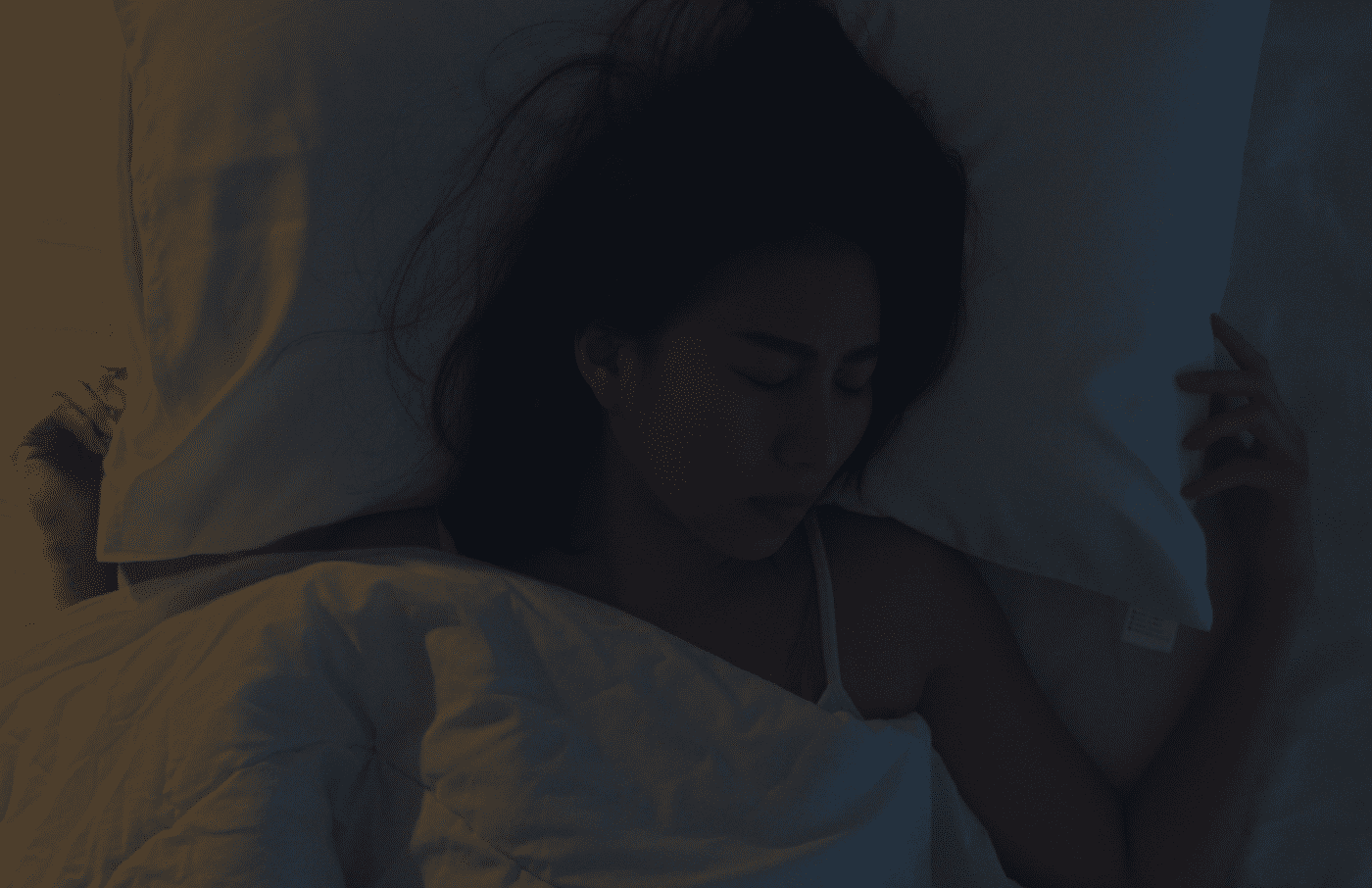Sleep Paralysis
Have you ever found yourself in a peculiar state between being asleep and awake, unable to move or speak, with vivid and occasionally unsettling experiences? If you have, you might have encountered sleep paralysis. This phenomenon is more prevalent than you might think, and we're here to demystify it for you.
Understanding Sleep Paralysis
Sleep paralysis is when your mind and body temporarily disconnect during the transition between falling asleep and waking up. It results in a sensation of being immobilized, where you cannot move a muscle or utter a word. This phase can last for a few seconds to a few minutes and is often accompanied by unusual and intense experiences.
The Science of Sleep Paralysis
Sleep paralysis is a state that occurs when our body and mind do not transition smoothly between wakefulness and sleep. This can be explained by examining the stages of sleep. There are two primary phases of sleep: rapid eye movement (REM) sleep and non-rapid eye movement (NREM) sleep. REM sleep is the stage where most dreaming occurs, and our brain is highly active, while NREM sleep is characterized by restorative, deep sleep.
During REM sleep, our brain sends signals to inhibit muscle movement, preventing us from physically acting out our dreams. This is known as REM atonia, a protective mechanism designed to keep us from harm while we sleep. However, in sleep paralysis, this muscle atonia can persist as we wake up or fall asleep, leading to the feeling of immobility
What Does Sleep Paralysis Feel Like?
-
Physical Immobility: The defining aspect of sleep paralysis is the sensation of being trapped within your own body. It feels as though your muscles have momentarily gone on vacation while your mind is wide awake.
-
Vivid Hallucinations: Sleep paralysis often involves vivid and sometimes bizarre hallucinations. These can range from eerie figures lurking around to strange sounds and even the feeling of something pressing down on your chest.
-
Sensory Oddities: Some individuals report peculiar sensory sensations during sleep paralysis, such as vibrations, tingling, or a perception of floating.
-
Breathing Challenges: In some cases, sleep paralysis can make you feel like you're struggling to breathe, although there's no actual danger to your breathing.
Triggers and Causes of Sleep Paralysis
Several factors can contribute to the onset of sleep paralysis:
-
Sleep Patterns: Irregular sleep schedules, inadequate sleep, or shift work can elevate the risk of experiencing sleep paralysis.
-
Sleep Disorders: Certain conditions like narcolepsy (marked by excessive daytime sleepiness) and sleep apnea (characterized by interrupted breathing during sleep) are linked to a higher likelihood of sleep paralysis.
-
Stress and Anxiety: High levels of stress and anxiety can disrupt regular sleep patterns and make sleep paralysis more frequent.
-
Sleeping Position: Surprisingly, your sleeping position plays a role in the occurrence of sleep paralysis. Sleeping on your back is associated with a higher risk.
-
Lucid Dreaming: If you are inclined towards lucid dreaming (being aware that you are in a dream), this can sometimes lead to sleep paralysis, as your mind is already awake.
Coping Strategies for Sleep Paralysis
Now, let's explore strategies to manage and potentially reduce sleep paralysis:
-
Maintain a Consistent Sleep Schedule: Prioritize a regular sleep routine. Aim for 7-9 hours of sleep each night, and attempt to go to bed and wake up at the same time daily, even on weekends.
-
Stress and Anxiety Management: Discover techniques to manage stress and anxiety, such as mindfulness meditation, calming yoga practices, or deep breathing exercises. Reducing stress can minimize the chances of sleep paralysis.
-
Treatment of Sleep Apnea: If sleep apnea is the underlying cause, treatment options may include the use of a continuous positive airway pressure (CPAP) device, lifestyle changes, or surgical interventions.
-
Optimize Your Sleep Environment: Create a comfortable sleep space that is dark, quiet, and at a comfortable temperature. Avoid stimulating activities and screen time right before bedtime.
-
Alter Your Sleeping Position: If you notice that sleep paralysis occurs more frequently when you sleep on your back, try sleeping on your side. This simple change in posture can reduce the likelihood of episodes.
-
Maintain a Healthy Lifestyle: Regular physical activity, a balanced diet, and staying hydrated can contribute to overall better sleep quality.
-
Consult a Healthcare Professional: If sleep paralysis is a recurring and distressing problem, it's advisable to seek guidance from a healthcare professional. They can help identify any underlying sleep disorders, such as sleep apnea or narcolepsy, and offer appropriate treatment options.
Conclusion
Sleep paralysis may seem mysterious and even frightening, but it is typically not indicative of a severe underlying medical condition. By following the advice outlined above, you can reduce the occurrence of sleep paralysis and enjoy more restful sleep. However, if it continues to be a persistent issue, reaching out to a healthcare professional is a sensible step in unravelling the mysteries of this intriguing experience and finding relief.
AFD Pharma’s Fastnap is a natural sleep aid that helps in achieving deep and peaceful sleep.
Fastnap Melatonin Oral spray is a natural sleep supplement that helps in rectifying the sleep cycle. It is very effective for inducing deep sleep, decreasing the sleep latency time, providing a relaxing sensation to the mind, and helping in waking up refreshed and energetic.
People suffering from certain sleeping disorders like Insomnia and jet lag can especially benefit from Fastnap as it improves the overall quality of sleep. It is non-addictive and does not have any withdrawal symptoms.
